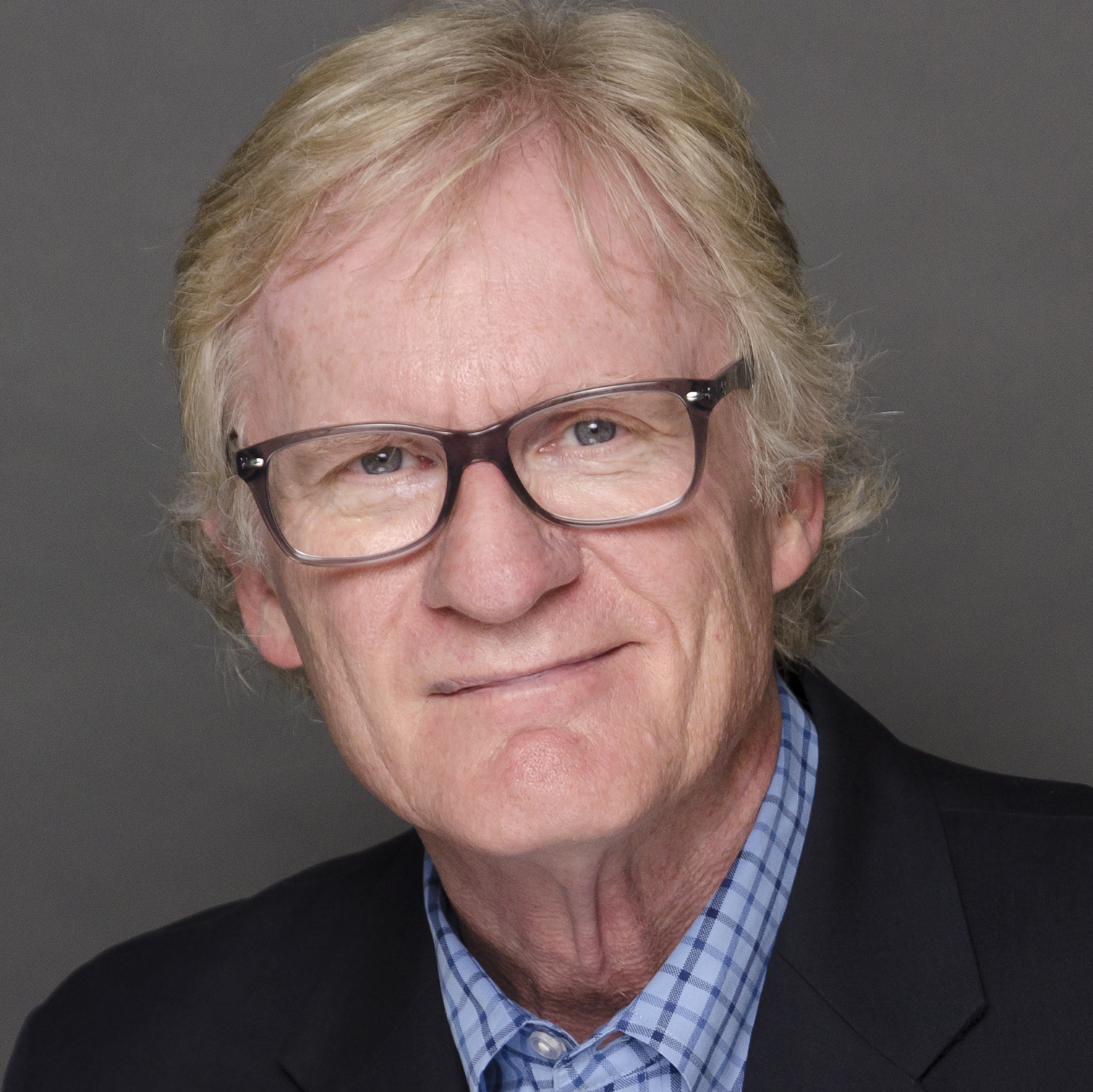A version of this presentation opened the 11th annual Poynter-Kent State University Media Ethics Workshop. The subject of this year’s workshop, held on Sept. 17, was Journalism and Trauma.
Why are we here today?
We’re here today because the body of a 3-year-old Syrian child washed ashore on a Turkish beach, and journalists had to decide what to do with the photographs.
We’re here today because a Roanoke TV reporter and photographer were shot to death while reporting live during the station’s morning show, and journalists had to decide what to do with the video.
We’re here today because a bomb killed 20 people during rush hour outside a Bangkok shrine, and journalists had to decide what to do with live-streamed video of the carnage.
We’re here today to talk about how journalists make those decisions and how they can adopt processes for making better ones. Why? Because each of the decisions they made out those images had an impact on people – perhaps millions of people. How much impact?
In the words of one person who saw the Bangkok live stream:
“OMG. I can’t ever unsee that.”
“I can’t ever unsee that.” Many of the people who watched that video can’t ever unsee that. And surely, the photographer who captured that live-stream of blood and body parts and hysteria can’t ever unsee that, either.
Was it worth it?
Now let me be clear. This day is not about keeping good journalism away from our audience. It is about producing, publishing and broadcasting the kind of journalism that helps people understand issues and become more engaged members of their communities.
To that point, let’s acknowledge that our lives have been shaped in many positive ways by events and images that we cannot unsee.
As a 10-year-old boy, I can’t ever unsee my father, a normally quiet man, shouting at his brother-in-law to stop with the racial insults, that black people had the same rights that he did.
As a young father, I can’t ever unsee my 10-month-old son pulling himself up by my knee and watching me as I lit a cigarette — the last cigarette I ever smoked.
And I can’t ever unsee the photograph of a naked Vietnamese girl fleeing the fires of napalm or the emaciated concentration camp survivors greeting their Allied liberators or this sentence in a Chicago reporter’s story about a woman dealing with another teen’s murder in a long summer of murders:
While one of the beat cops used a hose to wash blood from the grass into the gutter, and the forensic investigators finished their scene work, Brown tucked her hood over her head and walked back home.
This ability of journalism to produce “can’t ever unsee” moments is one of its most powerful tools for helping the community identify and address its issues. And all over the world, journalists continue to produce that kind of work — work that causes things to change. But the media landscape today also includes stories, photographs and videos that are just as likely to do damage as they are to help make things better. Sometimes the work causes harm to its subject’s reputation or privacy. Sometimes the work, without sufficient merit, seriously upsets its unsuspecting audience. And sometimes it leaves scars on the journalists who gathered it.
In many of those cases, the process that produced those pieces of work lacked a key step: a serious conversation that weighed the potential positive and negative impacts of publishing or broadcasting the work — and whether the potential good justified the potential harm. And if there was such a conversation, I’m betting it sounded a lot like the one we would have had 20 years ago, in a very different media environment. A lot has changed.
Let’s place our conversations today in the context of three very challenging realities for journalism in 2015.
First, the journalist’s role as gatekeeper is no more. Let’s face it: The gate is wide open. Hell, even the fence is gone. The days of journalists deciding what the public will read and see, and how their understanding of issues will be shaped are over.
In fact, journalists are now just one group among many contributors to the public body of information. Private citizens, sports teams, businesses, governments and a million other entities provide the public with information that informs their understanding of issues — sometimes before journalists get involved. That’s what happened with the dead child on the beach. Those photographs were viral on social media while news organizations were still debating whether to run them. The audience decided those photos were legitimate news.
But, some argue, the journalist’s pursuit of truth is more rigorous and the final product is more credible. Sometimes it is, sometimes it’s not. The reality is this: Journalism’s exclusive hold on the information business is long gone.
This is a crucial role change. Because before we can ask better questions about the potential impact of our work, we need to decide – what is our work?
If not gatekeeper, what?
Shall we be the explainer? Organizations like Vox.com have embraced that role. Need to understand the healthcare debate, ISIS, why college costs are so high? Vox may well be able to help you.
Should journalists be advocates? The Tampa Bay Times (which Poynter owns) mounted a campaign in 2012 to restore fluoride to the county’s water. The county commissioners who voted to remove it were ousted from office and the fluoride is back.
Should journalists be investigators — some would call them watchdogs? It’s a role many news organizations have played for years. Done well, investigative journalism has resulted in important changes in public policy, freed wrongly-accused prisoners and even ousted a sitting President.
None of these roles is new, but rarely did a newsroom emphasize any of them above its role as gatekeeper. The time has come to do exactly that.
Which role should journalists play? Whatever role (or roles) a news organization chooses, it needs to focus on carrying it out. Why? Because until that happens, the journalists can’t ask the question that lies at the heart of the conversations we should be having about how to handle trauma journalism:
What is my journalistic purpose?
What is my journalistic purpose for running the Roanoke shooter’s video of the double murder? For live-streaming video from the Bangkok bomb site? For running a photograph of the dead Syrian child?
When I know my journalistic purpose, I can discuss not only whether to run a piece of journalism, I can discuss what else I need to do to maximize its intended impact. I can talk about adding context; about creating the right environment, about sharing the rationale for my decision with my audience.
Think of it this way: Before I can decide what to do, I need to know why I’m doing it.
Which brings me to Reality Number 2:
Journalists have no agreement with the audience about what their respective roles should be. And worse, they have almost no relationship with the audience in which to discuss the issue.
Yes, some journalists are meeting informally with members of the public; some are engaging the public on twitter, Facebook and other social media platforms; and many newsrooms are requiring staff to engage the community in some way. But this relationship-building is in its infancy. Many journalists’ social media posts, are limited to promoting their work or building their personal brands. In the current environment, significant discussions about the value of trauma journalism seem to be a reach.
To complicate the situation further, the split between audience and journalists is not a clean one. Not only are journalists divided about the value of “tough” images and language, the audience is, too. Go to any comments stream that is attached to a controversial video or image and you’ll find people who criticize the posting, especially when it appeared without warnings. But you’ll also find comments like this one on the gruesome Bangkok feed:
‘This is how periscope should be used. The future of reporting.’
Bottom line: If journalists want to play a significant role in the lives of their communities, they first need to acknowledge the role the audience is playing in co-shaping the public debate. Then they need to find ways to have an ongoing conversation with the public — a true two-way conversation — about how journalists and non-journalists alike can maximize the impact of their work for the public good.
Reality Number 3 is also a tough one:
Journalism is a struggling business.
With revenues and audience declining in many news organizations, it’s no surprise that many companies are embracing click-bait to grow audience. In such settings, the answer to the question, “Should we post that gruesome video?” is influenced as much by business concerns as by ethical ones.
Add to the situation these factors: First, the newsrooms that are being asked to produce more news content, faster than ever, have fewer and fewer resources available to do the work. In some depleted newsrooms, reporters are posting their work directly online with little or no editing or oversight. And the reporters who are posting those stories are, in many cases, journalists with minimal experience.
In such a stressed and uncertain business environment, establishing a process for having more substantive conversations about the impact of the journalist’s work is difficult, maybe even unlikely.
But the payoff for getting this right is so worth it.
It’s enormous.
In the weeks since journalists and non-journalists alike decided to run a photograph of a dead Syrian boy, thousands and thousands of refugees have been accepted into Europe. Countries that had actively opposed the refugees’ efforts to emigrate reversed their positions.
Look at the faces of those refugees: You see relief, joy, hope. What greater impact could a journalist’s work have than to give victims of trauma a sense of hope?
Such is the good impact we can have — that our communities are looking to someone to have. Sometimes achieving that impact will require us to publish or broadcast “tough” words and images that the public might find upsetting, even ones that they “can’t ever unsee.”
And we will need to take pass on “tough” work that appalls, but serves no greater purpose.
To distinguish between the two, we need to talk. Routinely. Even when we’re short-staffed. Even when there’s no time.
And if you need an incentive, think of that little boy and the thousands of other little boys his photograph may have saved. That’s why we have to get this right. That’s why we need to be guided by the answer to that one central question:
“What’s my journalistic purpose?”
What’s yours?







